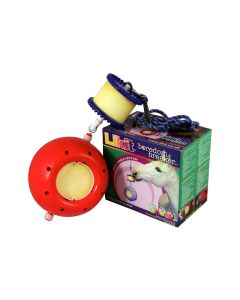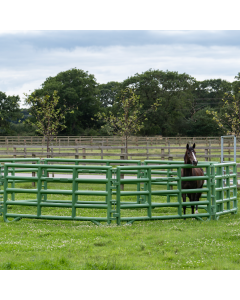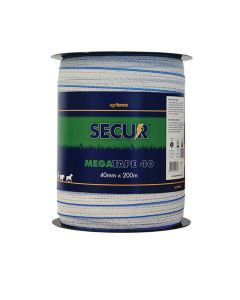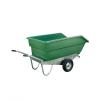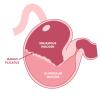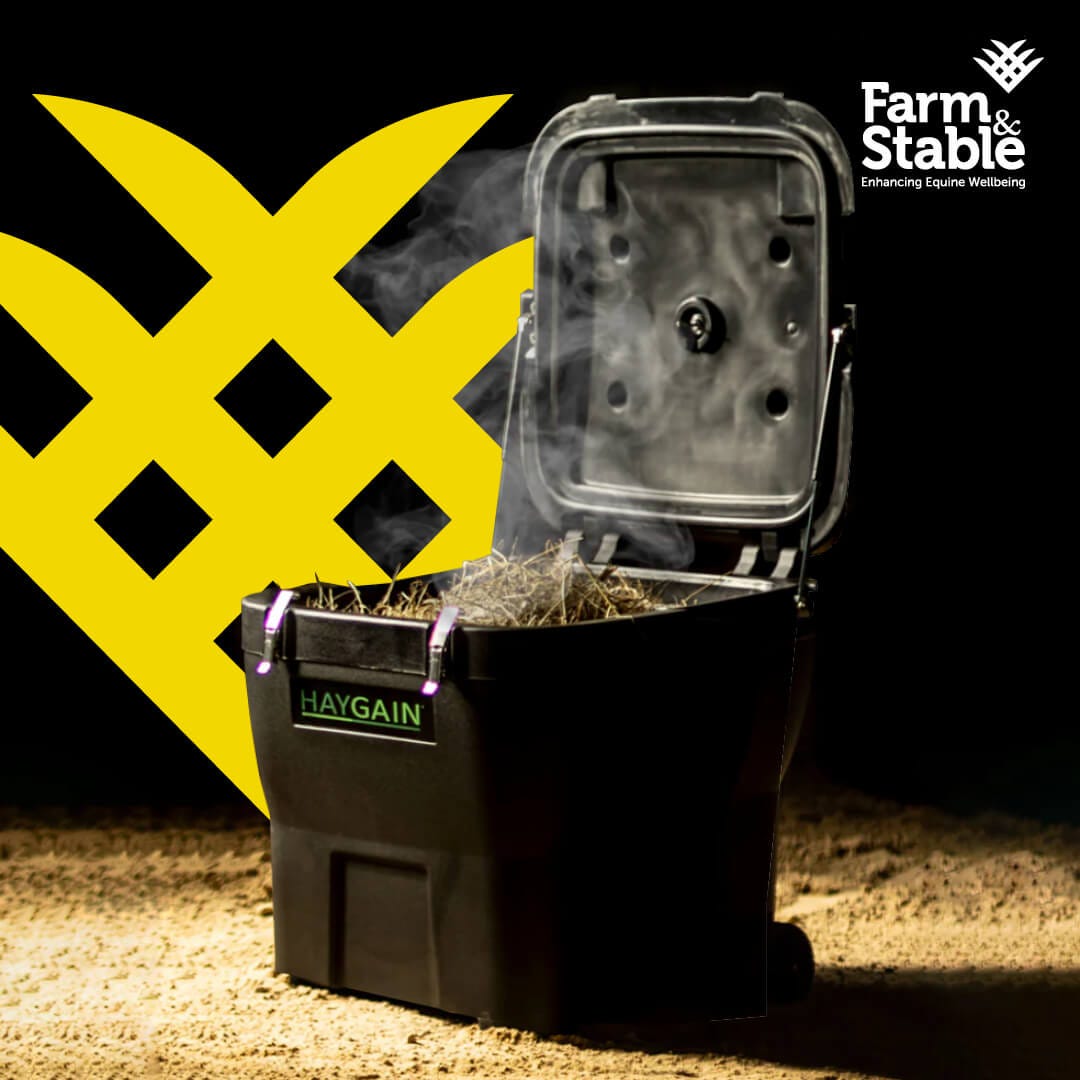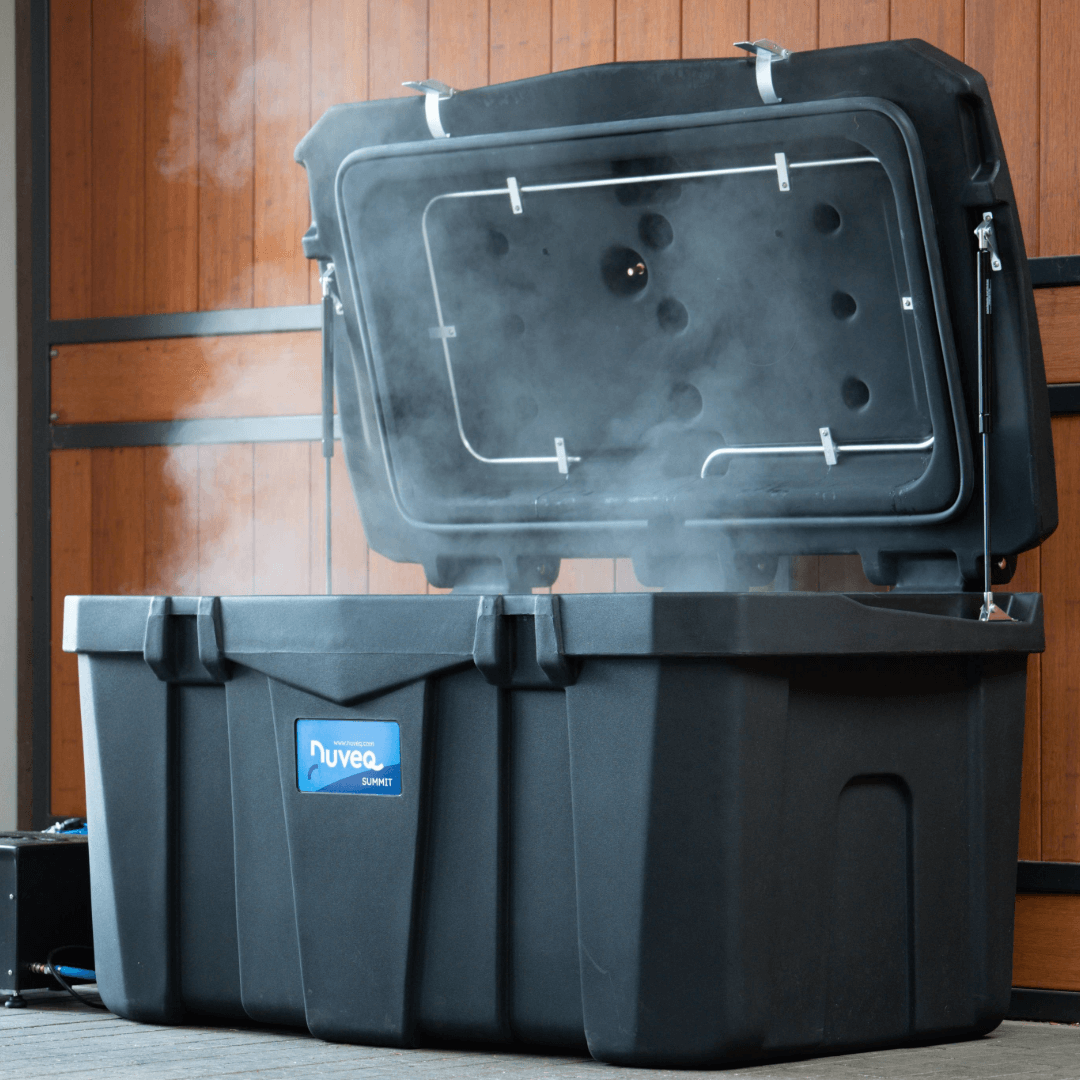Transform the life of your laminitic horse with these 5 Fs
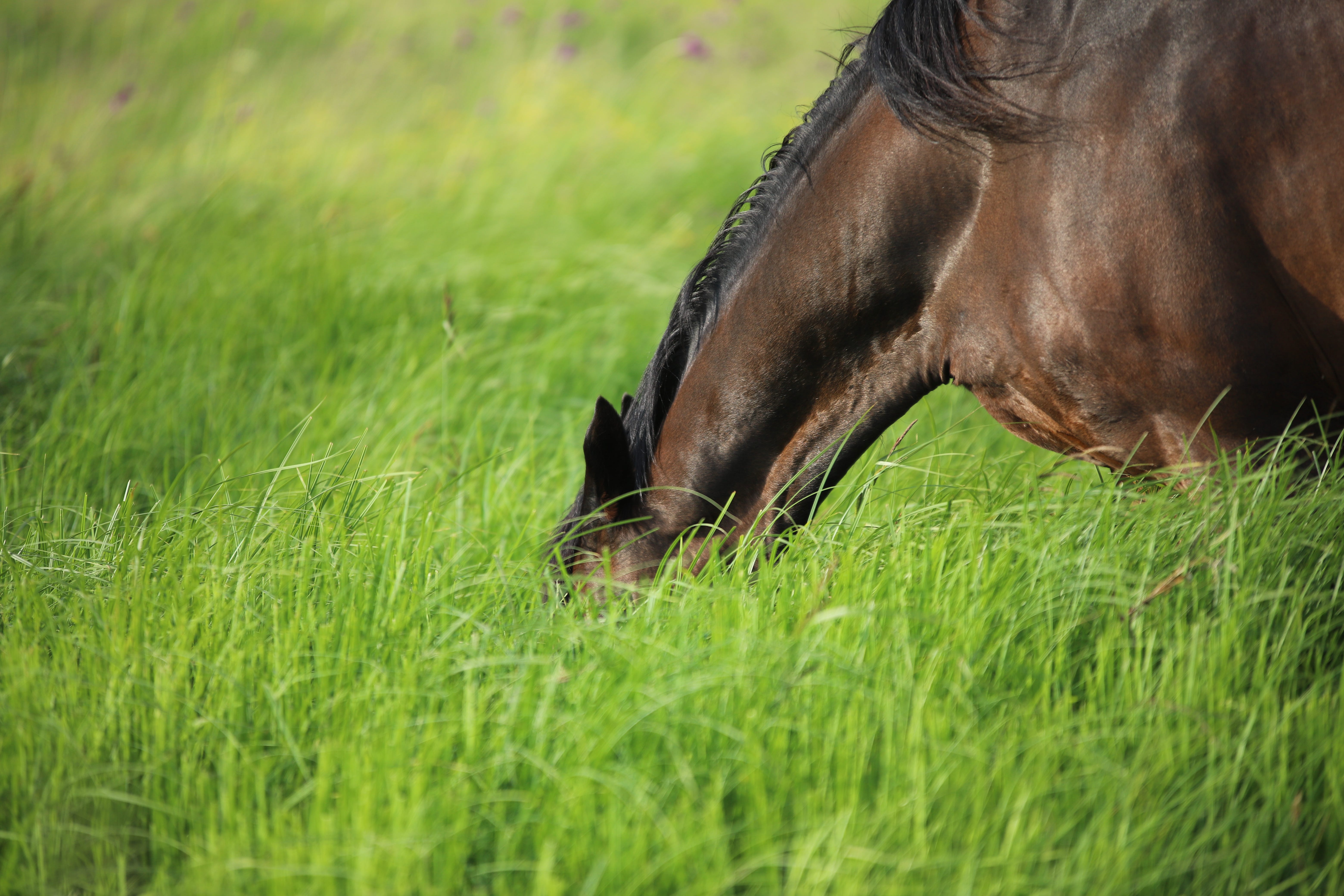

Many horse owners battle to keep laminitis at bay every year. The extremely painful condition affects 15% of the horse population, but also affects donkeys and mules.
Laminitis occurs when the fibres of the lamellar layer, which support the pedal bone of the foot within the hoof capsule, become weakened. This causes them to lose their normal shape and results in instability of the pedal bone within the foot, leading to inflammation and in many cases lameness.
If your horse is prone to or is suffering from laminitis, focus your energy on these 5 Fs: Food, Feet, Fat, Fitness, Freedom. Making sure these five areas are managed well will seriously reduce pain and discomfort caused by laminitis, will help reduce the likelihood of laminitis reoccurring, and will improve the overall health and welfare of your laminitic horse or pony. Read on to discover more…
FOOD
Diet management has to be a central part of caring for a laminitic. Checking for the words ‘suitable for laminitics’ will be a reflexive part of selecting hard feed for your horse, I am sure, but the far more practically challenging side of managing the diet is restricting grazing. While you may feel some guilt about restricting the grazing of your horse, while you know they can see all their pony friends in a much larger paddock, they will thank you when their health is saved, and they do not feel chronic pain in their feet.
Grass restriction is crucial as this limits sugar intake. Grass contains sugars in the form of simple sugars but also storage sugars such as fructan. Together, these sugars are referred to as water-soluble carbohydrates (WSC).
Implementing restricted grazing doesn’t mean you have to confine your horse to its stable. There are simple and easy ways to adjust the grazing you already use to suit your laminitic horse which means they still get a chance to stretch their legs, enjoy some (but not too much) grazing, and even feel somewhat still part of the group of horses that are turned out for the day.
One way to limit grazing is to use electric fencing. You can make a customisable area within an existing paddock so that your horse can still be turned out. To read how to set up safe and secure electric fencing, click here. However, we understand that electric fencing is not suitable for all horses- for some horses, it just simply isn’t robust enough to keep them in…. especially if they see that the grass is greener on the other side, or if they miss their pals grazing next door. For these horses, we highly recommend our duracorral system.
Our duracorral plastic panels are each 3.2m long and 1.6m high and are typically sold as a set of 8. The panels are rotationally moulded with no sharp metal edges or corners so are long-lasting and incredibly safe for horses. They are also loved for how customisable they are, as well as for being lightweight and easy to set up by one person.
If neither of these suggestions suits your preference, consider turning out in your usual field but for just a few hours in the early morning. At night, the grass uses its stores of WSC as there is no sunlight available for photosynthesis. However, when the light levels start to increase and the grass begins to photosynthesise, more WSCs are produced. Therefore, by mid-morning, it would be sensible to remove them from the pasture.
You may also like to consider using a grazing muzzle to slow down and reduce their grass intake.
FEET
As this condition affects the feet it should come as no surprise that feet are high on the list of things of focus. Asses how your horse stands, laminitic horses will often adopt a stance that is extremely characteristic of their condition as they will shift their weight backwards to prevent their body weight from being directly over their (sore and inflamed) feet.
If you notice any lameness, discomfort or heat in the feet, it is strongly recommended that you call your vet right away. You should pick up your horse's feet daily to look for these signs of discomfort, as well as a feeling of a strong digital pulse- this is the pulse that can be felt as blood flows through the artery into the hoof- as these symptoms are a serious cause for concern.
FAT
While many loving horse owners struggle to objectively assess their horses, you must ask yourself honestly- Is my horse fat? If yes, you need to implement changes to address this NOW. Being overweight considerably increases not only the likelihood of laminitis, but also the pain they will feel if the condition occurs. This is because more weight puts more pressure on their feet, risking more damage to the lamina.
Even if you are objective, it can be hard to notice weight gain when you see your horse every day. Therefore, we strongly recommend using a weight tape to assess whether your horse is at a healthy weight. While it isn’t a completely precise way of measuring weight, regular monitoring can help you notice any unwanted weight gain so you can make corrections to your horse's diet before the problem becomes too great.
If your horse is a little on the heavier side, read Managing Your Overweight Horse for safe and healthy ways to get your horse's diet on track.
FITNESS
Ensuring that your horse is fit is an important part of keeping them healthy. Fitness is important for so many reasons- it improves heart and lung health and provides mental stimulation, plus, there's the added bonus that you get many of these benefits too when you ride or work with your horse. For laminitic horses, maintaining fitness is important to keep their weight steady.
When it comes to a fitness programme or routine, there is no one size fits all. Factors such as age, bread, size, and even the facilities available will shape what your routine looks like. However, if you are looking to increase fitness, the fundamentals are simple. Start by either increasing time or frequency of the work you are currently doing, and then you can begin to increase the intensity. Increasing intensity may involve adding pole work into your routine, or if you prefer flat work, assess what level you are training at and explore what moves you could add to challenge your horse's flexibility and suppleness.
For those looking to effectively and efficiently build strength, read: The Importance Of Topline And How To Improve It.
Remember, you don’t always have to be in the saddle to improve your horse's fitness. Consider reading: Lunging: An underrated element of training.
FREEDOM
Our aim is to help horses feel as healthy, happy and free as possible. We want them to be free of pain, and free of boredom when on a restricted diet. If your horse does have to spend extra time in the stable to reduce their grazing, read: The 5 Best Boredom Breakers For Stabled Horses. If you think your horse may be in any pain then speak to your vet, they may be able to prescribe medicine that can help you further manage the condition. Your farrier can also help you manage this condition but shoeing or trimming your horse in a way that can support their feet.
We hope that when you implement these points, your horse will have the freedom to live a happy and healthy life.
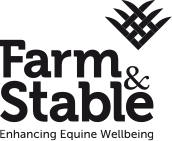

 Forgotten your password?
Forgotten your password?  Free Delivery on all orders over £95+VAT
Free Delivery on all orders over £95+VAT
